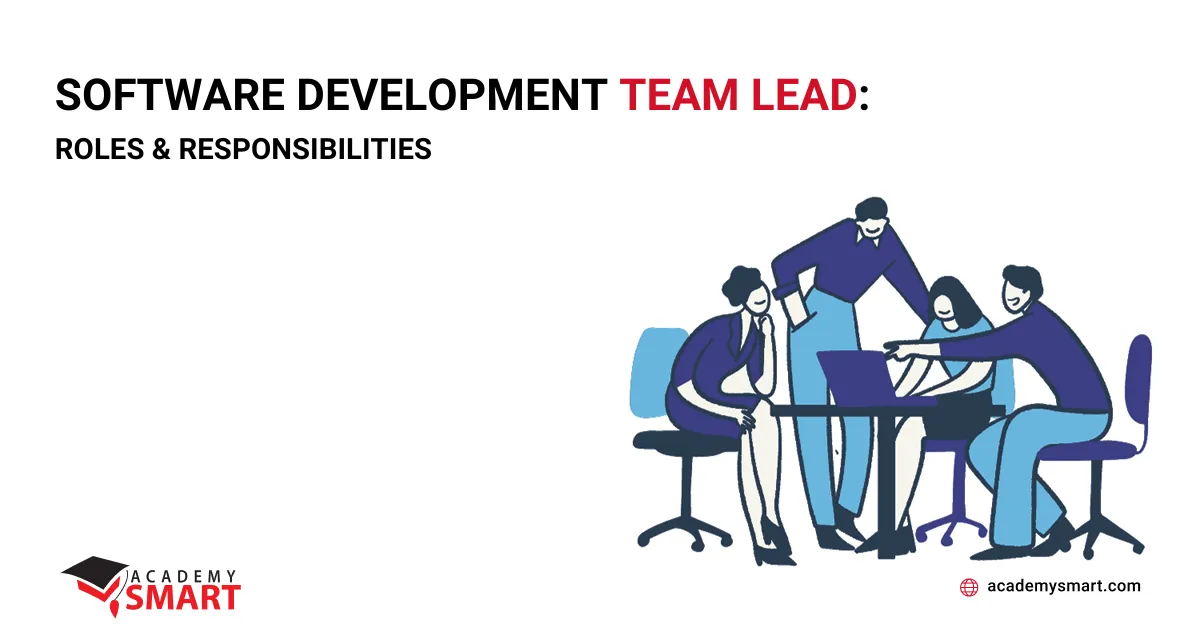
Business Benefits of AWS Microservices
Contents
The advent of microservices technology in cloud computing revolutionized the development of enterprise applications by leveraging modularity, scalability, and agility. This shift allowed organizations to respond more effectively to changing business requirements and utilize cloud infrastructure’s full potential for improved performance, reliability, and innovation. Today, the undisputed industry leader is Amazon and its AWS services. Therefore, businesses need to become familiar with the specifics, components, and advantages of microservices in AWS to make timely decisions regarding the company’s IT management and further digitalization.
Characteristics of Microservices Technology
Microservices represent a modern development approach, featuring small, independent services dedicated to specific business capabilities. Developed using diverse technologies and programming languages, these services seamlessly communicate through well-defined APIs. Executed by small, cross-functional teams, each microservice is created, deployed, and maintained independently.
In contrast to monolithic applications, where a single failure can disrupt the entire system, microservices ensure fault isolation, preventing a failure in one component from affecting the whole application. This architectural shift offers scalability and flexibility, allowing each service to be independently scaled, updated, and restarted, promoting agility in development.
Microservices decompose large applications into smaller, independently deployable services, each with its database, fostering decentralized data management. This approach enables efficient resource utilization and faster development cycles. In comparison, monolithic applications are developed and deployed as a single, tightly integrated unit, making it challenging to scale or update individual components.
Technological foundations of microservices usage include:
- containerization utilizing tools like Docker for independent service operation;
- orchestration tools such as Kubernetes that manage deployment and scaling;
- API Gateways for communication between microservices through well-defined interfaces.
While microservices architecture is not exclusive to AWS, Amazon stands as a leader in the industry, providing a robust suite of services supporting microservices development. Let’s look at AWS microservices architecture specificity closer.

Monolithic architecture vs microservices
Microservices Architecture in AWS
On the AWS platform, microservices can be implemented in various ways, such as serverless computing with AWS Lambda, containerized solutions with Amazon ECS and Amazon EKS, or running managed Kubernetes clusters. AWS offers tools for efficient data management, user-friendly interfaces through services like AWS API Gateway, and seamless deployment with AWS CloudFormation.
A standard architecture structure for microservices in AWS typically involves the following components:
- User Interface (UI)
The front-end component is responsible for user interaction and presentation and is hosted on a content delivery network (CDN) like AWS CloudFront. - Compute implementation
The core logic and functionality of microservices are implemented through compute services. It can include serverless computing with AWS Lambda, containerized solutions with Amazon ECS or Amazon EKS, or a combination based on the specific needs of the microservice. - Datastore
Microservices often require data storage for persistence and retrieval. AWS offers various database services, such as DynamoDB for NoSQL, Aurora for relational databases, or RDS for managed database services. - Communication
Application Programming Interfaces keep connections between microservices and are managed through AWS API Gateway. - Caching
In-memory caching services like Amazon ElastiCache enhance performance by storing frequently accessed data. - Orchestration
Container orchestration services manage containerized applications’ deployment, scaling, and operation. Amazon ECS or Amazon EKS provides orchestration capabilities for containerized microservices. - Infrastructure management
Tools like AWS CloudFormation help define, deploy, and manage the overall infrastructure as code.

Typical AWS microservice architecture
Why Use Microservices AWS: Benefits and Challenges
Choosing Amazon AWS microservices infrastructure offers several benefits that contribute to its popularity over other cloud providers. Here are the key advantages:
- Comprehensive service portfolio
AWS provides extensive services covering computing, storage, databases, machine learning, analytics, and more. This all-inclusive offering allows for a one-stop solution for diverse microservices requirements. - Cost-effective pricing models
AWS offers various pricing models, including pay-as-you-go and reserved instances, allowing microservice deployments cost-effectiveness based on usage patterns, even for small businesses. - Global reach and scalability
AWS operates in multiple geographic regions worldwide, enabling the deployment of microservices closer to end-users for low-latency experiences. Its scalable infrastructure accommodates varying workloads, ensuring performance and reliability. Businesses can leverage multiple Availability Zones (AZs) to design microservices architectures that are fault-tolerant and resilient to outages. - Ecosystem maturity
As one of the earliest cloud providers, AWS has a mature and perfectly established microservices ecosystem. It includes a large community, extensive documentation, AWS Well-Architected Framework, and a rich set of third-party integrations, making it easier for developers and enterprises to adopt and implement microservices. - Security and Compliance
AWS prioritizes security, providing robust features such as identity and access management, encryption, and compliance certifications. This focus on sensitive data protection is crucial for building and deploying microservices in a secure environment. - Flexibility and hybrid cloud capabilities
AWS offers an elastic environment that supports various architectures, from serverless to containerized solutions. Additionally, AWS provides hybrid cloud capabilities, allowing businesses to integrate on-premises infrastructure with AWS services seamlessly. - Serverless computing
AWS Lambda, a serverless computing service, simplifies microservices development by allowing developers to focus on code without managing servers. It supports multiple programming languages and integrates with other AWS solutions. - Innovation and continuous improvement
AWS is known for its commitment to innovation and regularly introduces new services and features. That allows microservices architectures hosted on AWS to leverage cutting-edge technologies and benefit from continuous improvements.
AWS microservices are well-suited for various purposes of custom software development, especially in the following cases:
- complex enterprise apps with multiple modules and varying workloads;
- applications relying heavily on APIs;
- healthcare applications dealing with patient records, scheduling, and communication between healthcare providers;
- IoT apps with multiple devices and data streams;
- applications incorporating machine learning components and Big Data computing;
- financial software with transaction processing, account management, and risk assessment;
- E-commerce apps with diverse functionalities such as user authentication, product catalog, and payment processing;
- applications providing collaboration features like chat, file sharing, and project management;
- CMS apps with distinct features like content creation, publishing, and user management;
- applications that involve streaming services, video processing, or media content delivery;
- social media apps with features like user profiles, messaging, and content sharing;
- online gaming applications with real-time interactions, user authentication, and in-app purchase features.
While AWS provides a robust platform for building and deploying business solutions based on microservices, enterprises may encounter challenges for successful cloud computing implementation. Here are some of them:
- Complexity of orchestration
Coordinating deployment and managing numerous microservices, especially in large enterprise applications, can be challenging. AWS offers orchestration tools, but inventing an effective strategy requires a strong foundation in DevOps expertise. - Service discovery
Identifying and communicating with different microservices in a dynamic environment can pose challenges. AWS provides tools like AWS Cloud Map, but ensuring efficient service discovery requires thoughtful design. - Data consistency
Maintaining consistency across microservices when dealing with distributed data can be complicated. Organizations have to design data storage and communication strategies to ensure their integrity. - Monitoring and debugging
Control and fixing microservices distributed across multiple containers or serverless functions can be tricky. AWS provides services like AWS X-Ray, but companies need effective monitoring practices to identify and resolve issues. - Continuous Integration/Continuous Deployment
Implementing robust CI/CD pipelines for microservices can be problematic, especially when dealing with many services. Ensuring automated testing, version control, and seamless deployment requires detailed planning.
Addressing these challenges requires combining specific IT knowledge, microservice engineering best practices, effective use of AWS services, and a commitment to ongoing improvement. Nevertheless, these complexities fuel the passion of professional developers like us to use their Java, JavaScript, or Python programming and DevOps skills to create efficient and reliable enterprise applications using AWS microservices. It is evident in our portfolio.

Portfolio of Academy Smart
Choose Our Expertise when Migrating Microservices to AWS
Academy Smart brings extensive industry experience as a custom software developer for enterprises. Our team comprises professionals skilled in IT project management, AWS engineering, cloud deployment, and full-stack web and mobile app development. Leverage our outstaffing services to hire specialists for software creation or maintenance. Alternatively, assemble a dedicated team for comprehensive cloud-native business application development or seamless cloud migration. Contact us to explore and capitalize on the profitable possibilities AWS infrastructure offers.
Frequently Asked Questions: Microservices Architecture AWS
What are the key benefits of using Amazon microservices?
The modular architecture of Amazon microservices promotes faster innovation, improved fault isolation, and optimal resource utilization.
What are examples of successful microservices implementations on AWS?
Numerous companies, including Netflix, Amazon, and Uber, have successfully leveraged microservices on AWS to achieve their business objectives.
Book a free consultation

Reach out to start talking today!











